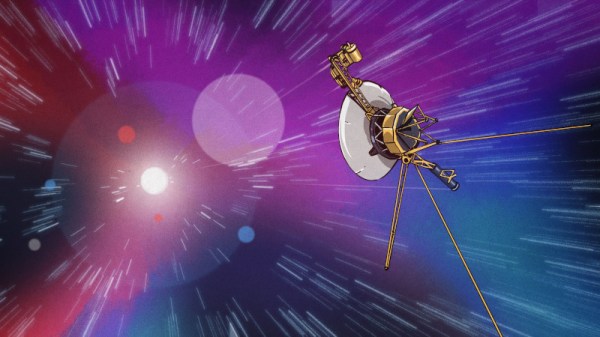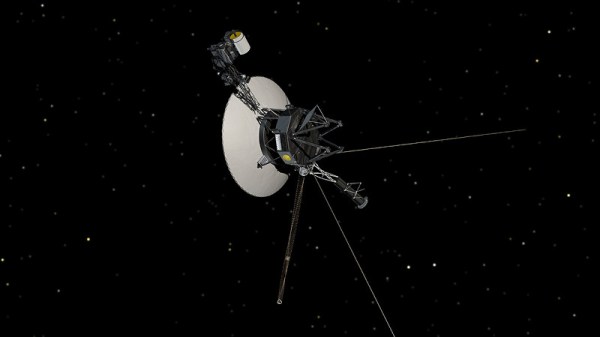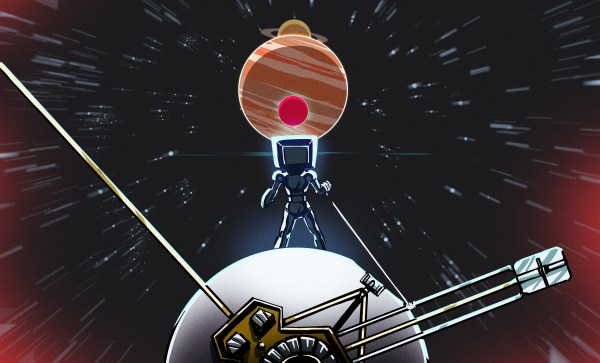It’s not every day that you get to update the firmware on a device that was produced in the 1970s, and rarely is said device well beyond the boundaries of our solar system. This is however exactly what the JPL team in charge of the Voyager 1 & 2 missions are facing, as they are in the process of sending fresh firmware patches over to these amazing feats of engineering. These patches should address not only the attitude articulation and control system (AACS) issues that interrupted Voyager 1’s communication with Earth a while ago, but also prevent the thruster propellant inlet tubes from getting clogged up as quickly.
Voyager 2 is the current testbed for these patches, just in case something should go wrong despite months of Earth-based checking, testing and validation. As Voyager 1 is the furthest from Earth, its scientific data is the more valuable, but ideally neither spacecraft should come out worse for wear after this maintenance session.
The AACS fixes are more of an insurance policy, as the original cause of the issue was found to be that the AACS had entered into an incorrect mode, yet without a clear understanding of how this could have happened. With these changes in place, recovery should be much easier. Similarly, the changes to the use of the thrusters are relatively minor, in that they will mostly let the spacecraft drift a bit more out of focus before the thrusters engage, reducing total thruster firings and thus the build-up of material in these inlet tubes.
With these changes the antennae of both spacecraft should remain trimmed firmly towards the blue planet which they left over forty-five years ago, and enable them to hopefully reach that full half century mark before those of us who are still listening have to say our final farewells.


















